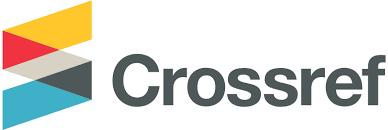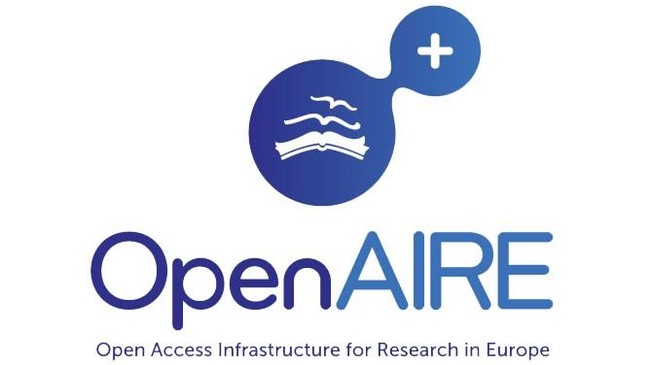IDENTIFICATION OF TRICHODERMA SP. FUNGAL POPULATION LEVELS IN ORGANIC MATERIALS USING ELECTRONIC NOSE (E-NOSE)
IDENTIFIKASI TINGKAT POPULASI JAMUR TRICHODERMA SP. PADA BAHAN ORGANIK MENGGUNAKAN ELECTRONIC NOSE (E-NOSE)
DOI:
https://doi.org/10.21009/03.1301.FA35Abstract
The use of synthetic pesticides for pest and disease control in crops raises significant health and
environmental concerns. As an eco-friendly alternative, biological control using biofungicides such as
Trichoderma sp. has become increasingly important. Effective biofungicide production necessitates
precise determination of Trichoderma sp. population levels. This study aims to identify Trichoderma sp.
population levels (105, 106, and 107 CFU/ml) based on aroma data from an Electronic Nose (E-nose). The
experiment began with the rejuvenation of Trichoderma sp. samples, followed by inoculation on three
organic materials (sugarcane bagasse, peat, and bran). Gas sensor data were collected using the E-nose
after a 7-day incubation period in glass bottles. Feature extraction, using statistical and time domain
methods, was performed to identify the fungal population. Principal Component Analysis (PCA) and
Linear Discriminant Analysis (LDA) demonstrated that the E-nose sensor responses effectively
differentiated Trichoderma sp. population levels based on the type of organic material. For the three
organic materials, PCA revealed that PC1 accounted for 79.76% and PC2 for 13.49% of the variance,
while LDA showed LD1 accounted for 62.54% and LD2 for 28.22% of the variance. Specifically, for the
sugarcane bagasse, PCA indicated PC1 at 79.77% and PC2 at 13.49%, with LDA showing LD1 at 60.93%
and LD2 at 28.58%.
References
[1] P. Lestari, S. Helina, C. Ginting, dan T. Maryono, “Pemanfaatan Agensia Hayati Untuk
Mengendalikan Hama dan Penyakit Jagung Di Desa Rejo Mulyo, Lampung Selatan,” Jurnal
Pengabdian Fakultas Pertanian Universitas Lampung, vol. 2, no. 1, hal. 68-79, 2023.
[2] S. Purwantisari, S. Parman, dan H. Sitepu, “Peningkatan Pertumbuhan dan Hasil Panen Kentang
Oleh Aplikasi Biofungisida Tricho Powder Produk Lokal Temanggung,” BIOMA, vol. 7, no. 4,
hal. 28-31, 2018.
[3] W. Amaria, R. Harni, dan E. Wardiana, “Pengaruh dosis dan frekuensi aplikasi biofungisida
Trichoderma terhadap infeksi Rigidiporus microporus pada benih karet,” Jurnal Tanaman Industri
dan Penyegar, vol. 5, no. 2, hal. 49-58, 2018.
[4] T. T. Nabila, I. A. Nugraheni, R. S. Widiyatmoko, dan W. Probowati, “An in vitro study of the
spore densities effect of Trichoderma sp.p. As biocontrol agent for fusarium wilt in cayenne
pepper (Capsicum sp.),” International Journal of Health Science and Technology, vol. 3, no. 1,
hal. 117-129, 2021.
[5] N. Farida, S. Sudiono, T. N. Aeny, K. F. Hidayat, dan R. Suharjo, “Pengaruh Kerapatan Spora
Trichoderma sp… Dan Konsentrasi Molase Terhadap Intensitas Penyakit Bulai Dan Pertumbuhan
Tanaman Jagung (Zea Mays L.),” Jurnal Agrotek Tropika, vol. 10, no. 1, hal. 35-42, 2022.
[6] N. Stolze et al., “Automated image analysis with ImageJ of yeast colony forming units from
cannabis flowers,” Journal of microbiological methods, vol. 164, 105681, 2019.
[7] R. R. Waghunde et al., “Optical density-a tool for the estimation of spore count of Trichoderma
viride,” Journal of Biopesticides, vol. 3, no. 3, hal. 624, 2010.
[8] M. Telaumbanua et al., “Tipe chamber dan posisi sensor E-nose untuk mendeteksi aroma biji kopi
robusta menggunakan mikrokontroler,” Jurnal Ilmiah Rekayasa Pertanian dan Biosistem, vol. 9,
no. 1, hal. 84-95, 2021.
[9] Y. Tang et al., “A novel elektronic nose for the detection and classification of pesticide residue
on apples,” RSC advances, vol. 11, no. 34, hal. 20874-20883, 2021.
[10] I. Inca, T. W. Widodo, dan D. Lelono, “Klasifikasi Teh Hijau dan Teh Hitam Tambi-Pagilaran
dengan Metode Principal Component Analysis (PCA) Menggunakan E-nose,” IJEIS (Indonesian
Journal of Elektronics and Instrumentation Systems), vol. 8, no. 1, hal. 61-72, 2018.
[11] A. Vembadi, A. Menachery, dan M. A. Qasaimeh, “Cell cytometry: Review and perspective on
biotechnological advances,” Frontiers in bioengineering and biotechnology, vol. 7, 147, 2019.




